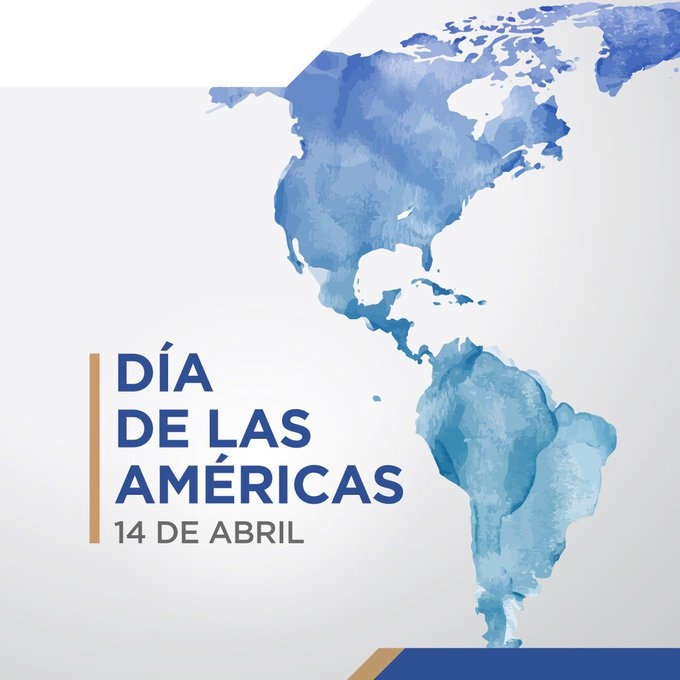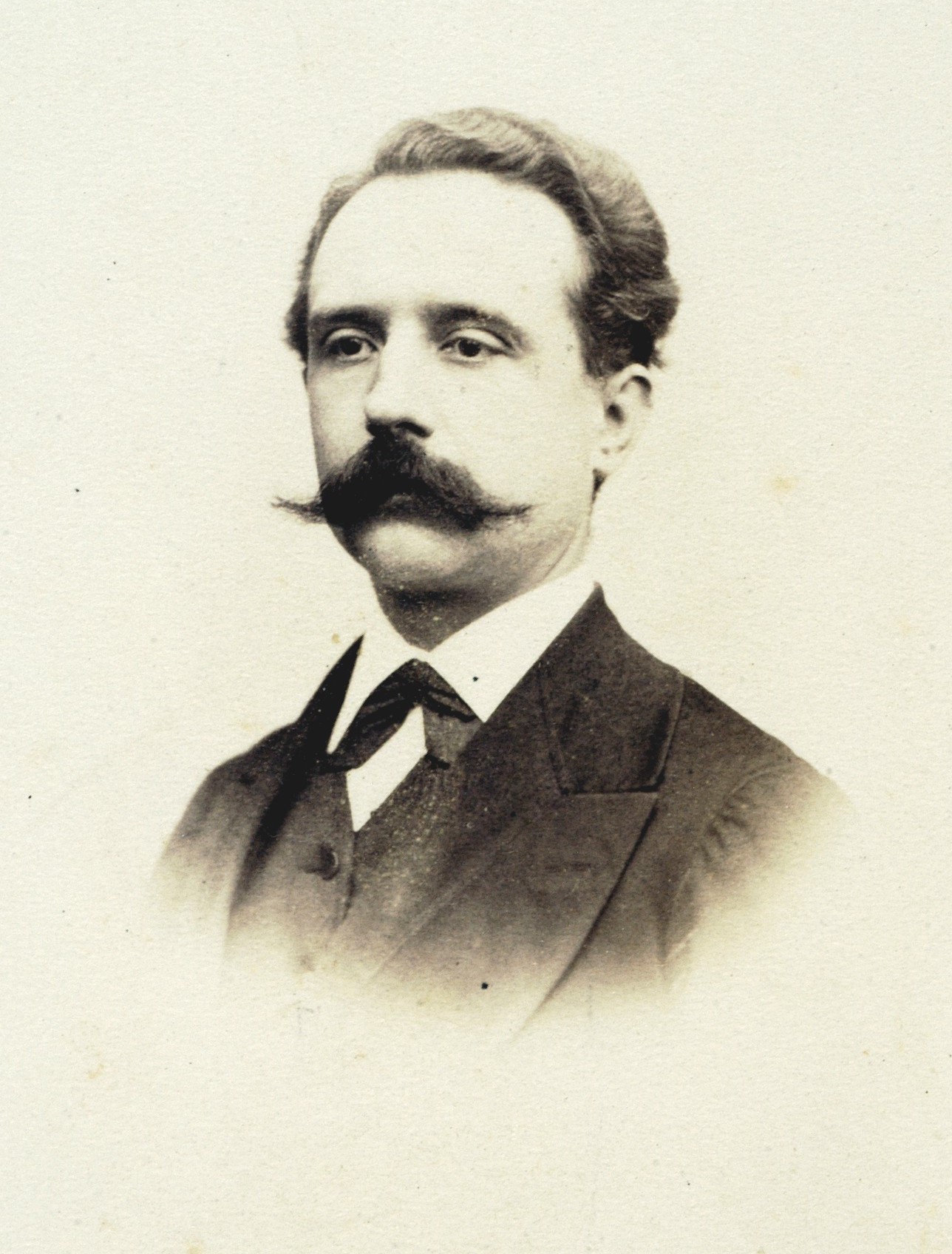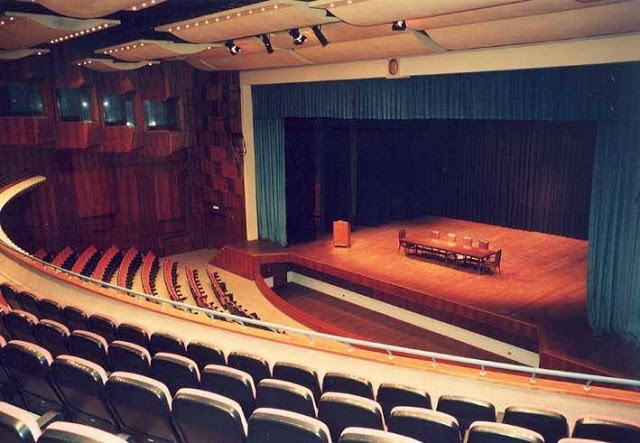
"Day of the Americas"
April 14, 2025
Day of the Americas
World Day of the Americas is celebrated on April 14 and aims to raise awareness of the sovereignty and voluntarily unity of the American Republics within a Continental Community, in order to achieve peace and solidarity among peoples.
What is the Day of the Americas?
The Day of the Americas is a celebration held in all American republics to demonstrate their sovereignty and their commitment to being part of a continental community. Its goal is to achieve unity, peace, and freedom among the peoples of the American continent.
This important day was first celebrated in 1931, when April 14 was decreed as the date of the creation of the American Republics. This alliance is now known as the Union of American States, which was founded in 1890.
Purpose of the Creation of the Day of the Americas
The true purpose of the creation of the Day of the Americas is to seek the most suitable way to create a climate of brotherhood, social justice, solidarity, and peace among the countries that make up the American Continent.
In 1948, a meeting of twenty-one countries was held in Colombia, where agreements were established aimed at strengthening peace and security in the American Continent, as well as working together to consolidate democracy among peoples and non-intervention in the internal affairs of each nation.
On the other hand, the firm purpose of seeking a peaceful solution to any type of conflict that may arise between the Member States was established.
The so-called Anthem of the Americas
This is the traditional anthem, which was specially composed to mark this event of international significance. The so-called "Anthem of the Americas" mentions a large number of countries in the Americas, as well as the importance of the concept of Pan-Americanism for the peoples of the Americas.
The struggle for freedom and peace of the peoples of the American Continent
The struggle of the American people has been ancient. In the past, the American continent was called Amaruka, and according to the indigenous tribes of that time, this name represented the "Fertile Land."
Today more than ever, it is necessary to vindicate all the inhabitants of this part of the world who lost their wealth and were victims of looting, violations of their rights, and most importantly, the loss of their true identity.
Therefore, trying to rescue the history and culture of these indigenous peoples is a responsibility of the governments that rule the world today, but always with respect and avoiding repeating the same mistakes, for which humanity has had to pay a high price.
Eduardo Juan de Habich was born in Warsaw on January 30, 1835, as recorded in his baptismal certificate, fruit of the marriage between Louis Habich and Mathilde Manersbeiger. Raised in a family that belonged to the Polish nobility, In 1854 the young Habich entered the St. Petersburg Artillery School, in Russia. It did not have many options, since Poland, dismembered and distributed so many times among the other European nations, was at that time under the dominion of the Russian Empire. Therefore, as an officer, he served in the Russian army during the bloody Crimean War (1854-1856). After the conflict he was stationed in the kyiv Arsenal. In 1859 he went to France, where he studied hard in the famous Paris School of Bridges and Roads between 1860 and 1863. Barely Having completed his studies and without having received his diploma yet, he returned to Poland. Their homeland might not exist on the political map, but it continued to pulsate in the hearts of its people. For this reason, together with his brother Gustavo, he participated actively of the Polish insurrection against tsarist oppression. Crushed the uprising, the young Eduardo de Habich was forced to flee the territory Polish, since the Russian police were looking for him for his participation in the insurrection. Returning to Paris, in October 1864 he was elected member of the Council of Administration of the Polish Higher School, an institution that welcomed the Polish refugees and exiles. Here he taught the mechanics course and, between 1865 and 1868, He held the position of director.
He arrived in Peru in December 1869. Since January 1870 he carried out several studies and missions commissioned by the Peruvian State, such as the construction work of the La Oroya Railway and participation in the commission in charge of drafting a new Regulation of the Corps of Engineers. In 1872, the Peruvian State renewed his contract, and the President of the Republic, Manuel Pardo, commissioned him to travel to Europe to obtain teachers, programs, books and teaching materials for the future School of Mines.
He himself became the founder and first director of the Special School of Civil Construction and Mining Engineers, inaugurated in 1876 and currently known as the National University of Engineering (UNI).

Eduardo Juan
de Habich
(Polish engineer and mathematician.)
